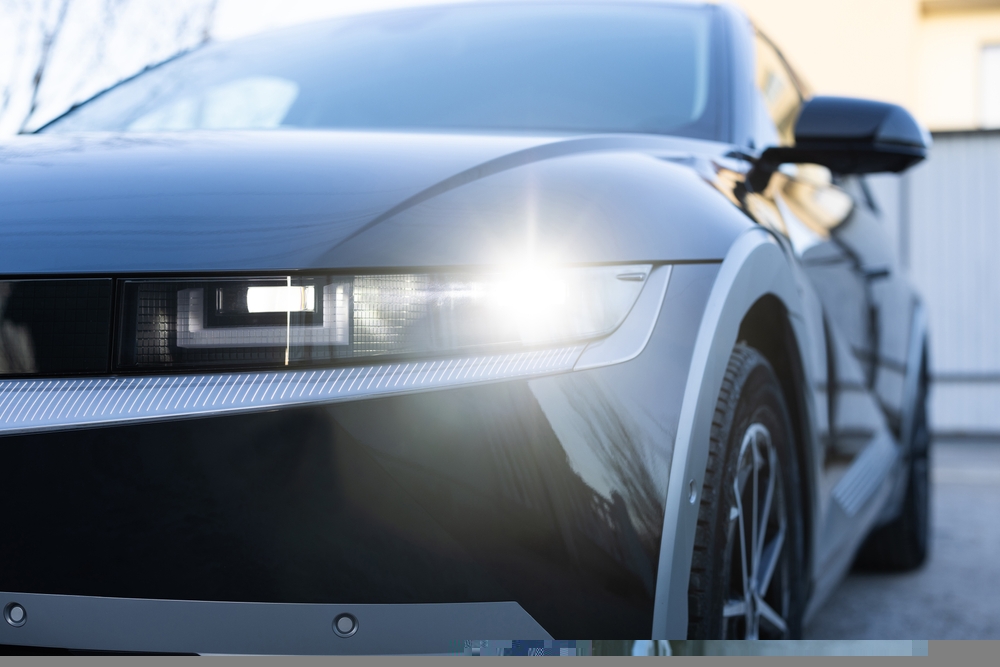So, what are Matrix lights?
You might have noticed during these cold winter months that headlights on new cars look a bit different. It’s all down to some new tech, dubbed Matrix lights which are LED powered headlights.
They’ve been introduced as a safety feature by quite a few of the manufacturers, but the bonus benefit is that it could mean the end of being blinded by other road users. The tech is being included in a lot of new cars, particularly EVs, meaning they’re becoming more common on our roads.
Sounds promising, but what exactly are they? To answer that, we have broken down a few of the key functions of Matrix headlights, and what makes the technology so interesting.
How are Matrix headlights different?
They’re a new type of adaptive headline which projects precise beams of light onto the road – it means that specific areas are highlighted which can help drivers see potentially hazardous road conditions. They can help other drivers too, as they reduce the amount of light being shone at oncoming traffic or at reflective road signs which will reduce glare for drivers all round.
Great, but how do Matrix headlights work?
Matrix lights use an intricate system of micromirrors to redirect and project light in front of your car. Controlled by an electronic control unit (ECU), the headlights use sensors to quickly and accurately adjust where the light is being shone – they’ll automatically choose where (or where not) to direct the light.
That makes sense, but why are Matrix headlights better than others?
Have you ever been driving at night, and a car with bright LED headlights has driven in the opposite direction, dazzling you with their headlights and reducing your visibility? Matrix headlights help stop this by redirecting light shone at your car, while keeping your side of the road brightly lit and visibility as clear as possible.
This also works for road signs, where reflections can be bright enough to stop you being able to read the sign’s message. Matrix headlights detect road signs, and limit the light directed at them, reducing the glare and helping you see what you need to be aware of.
On top of this, they can be up to twice as bright as traditional LED headlights, and far outshine halogen lights found on older cars. They can also reach further and cover a larger area than other types of headlights.
You also don’t have to worry about flicking your full beam headlights off and on repeatedly, meaning there are fewer distractions when you’re driving.
Okay, you’ve convinced me. What cars come with Matrix headlights?
Although Matrix headlights first started appearing in the late 2010s in some high-end premium cars, they’re now being found on more and more cars at all price-points. As a result, we can expect to see many more cars in the future – particularly in EVs.
Take a look at our popular cars
